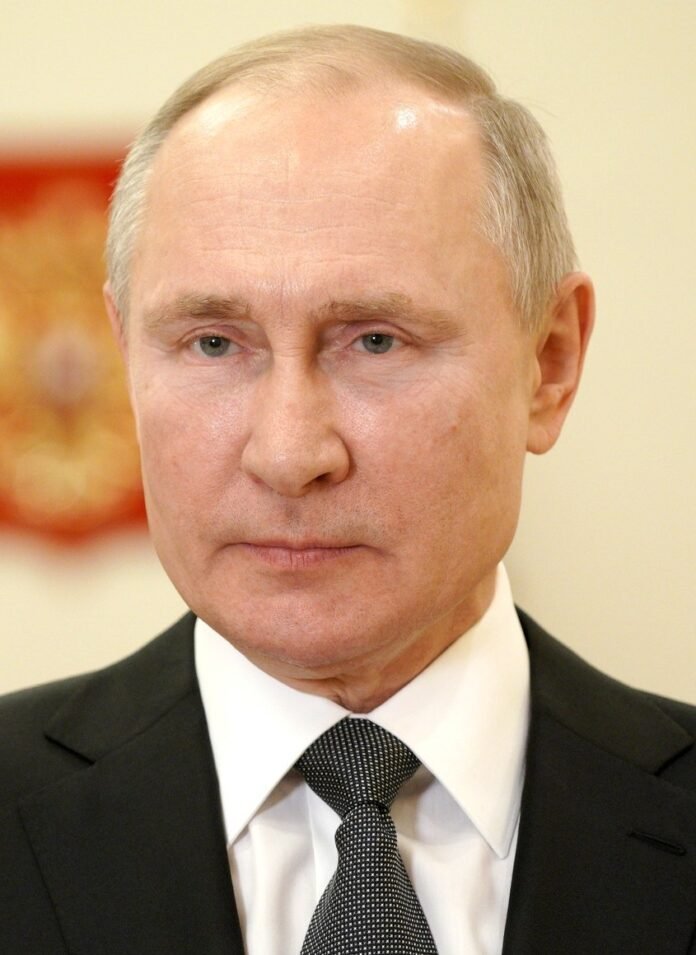Russian President Vladimir Putin announced a three-day ceasefire in the Ukraine conflict, set to coincide with the 80th anniversary of the Soviet Union’s victory in the Second World War. The ceasefire will run from 8 May to 10 May, covering the period around Russia’s traditional Victory Day celebrations.
The Kremlin called on Ukraine to observe the truce, stating that “all hostilities will be suspended during this period.” However, it warned that any violations by Ukraine would be met with an “adequate and effective” response.
Ukraine Calls for a Longer, Immediate Ceasefire
Ukraine’s response was skeptical. Foreign Secretary Andrii Sybiha criticized the timing and limited duration of the proposed truce, urging Russia to enact an immediate and lasting 30-day ceasefire instead.
READ MORE: At Least Nine Dead After Car Drives Into Crowd at Vancouver Filipino Festival
“If Russia truly wants peace, it must cease fire immediately. Why wait until May 8th? … We are ready for a durable and full ceasefire,” Sybiha said.
Ukrainian officials pointed out that Russia had violated a previous Easter truce, casting doubt on Moscow’s sincerity. During that ceasefire, Russia was reported to have violated terms over 3,000 times, continuing drone attacks, artillery shelling, and ground assaults.
US and International Reactions
The White House, under President Donald Trump, expressed frustration with both sides. Trump reiterated his call for a permanent ceasefire and urged Putin to “stop shooting” and “sign a deal.”
The US administration warned it may reconsider peace efforts if no genuine progress is made. Despite earlier optimism following Trump’s one-on-one meeting with Ukraine’s President Volodymyr Zelenskyy in Rome, little has materialized due to Russia’s continued hardline demands.
Skepticism Over Russia’s Intentions
Analysts and Ukrainian officials suggest the Kremlin’s ceasefire offer is tactical, aimed at preventing Ukrainian drones from disrupting the Victory Day parade in Moscow. They argue that Russia intends to use the lull to regroup and possibly launch a major new offensive once the temporary truce ends.
Russian engineering units reportedly used the Easter ceasefire to repair infrastructure and prepare for renewed attacks, a tactic Ukraine fears may be repeated.
Peace Talks and Hardline Demands
Russian Foreign Minister Sergei Lavrov reiterated Moscow’s maximalist demands in recent interviews, insisting on international recognition of Russia’s control over Crimea and the entirety of the Donetsk, Luhansk, Kherson, and Zaporizhzhia regions — conditions unacceptable to both Ukraine and its Western allies.
Lavrov also demanded a halt to Western military support for Ukraine, further complicating negotiations.
Background: Victory Day and Its Significance
Victory Day, celebrated on 9 May, is a key date in Russia, commemorating the Soviet victory over Nazi Germany. It serves as a powerful nationalistic symbol, with traditional military parades on Red Square meant to showcase Russian military might and resilience.
Key Takeaways
- Russia: Announces 72-hour ceasefire from 8–10 May for Victory Day.
- Ukraine: Demands immediate and full 30-day ceasefire.
- US: Growing impatience with stalled peace efforts; Trump urges immediate cessation of attacks.
- Analysis: Ceasefire seen as a tactical move by Russia rather than a step towards lasting peace.
- Prospects: A broad, durable peace deal remains elusive as both sides prepare for possible escalations.
